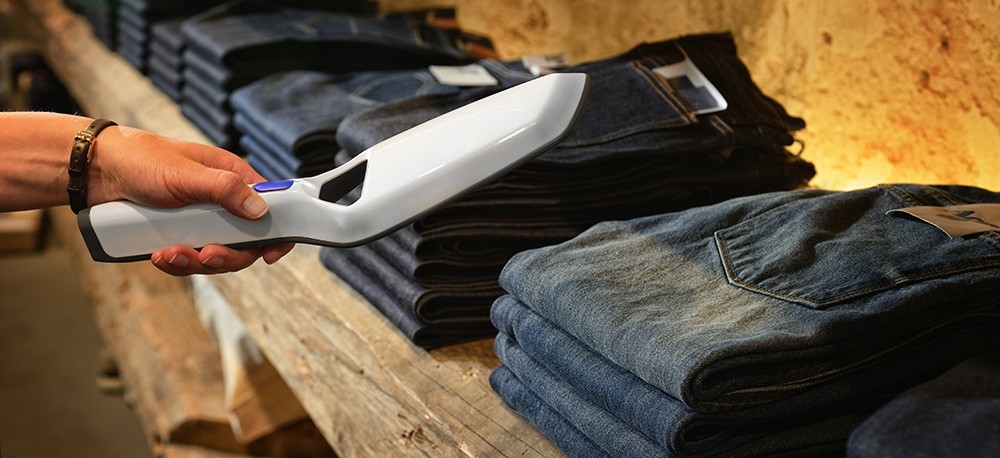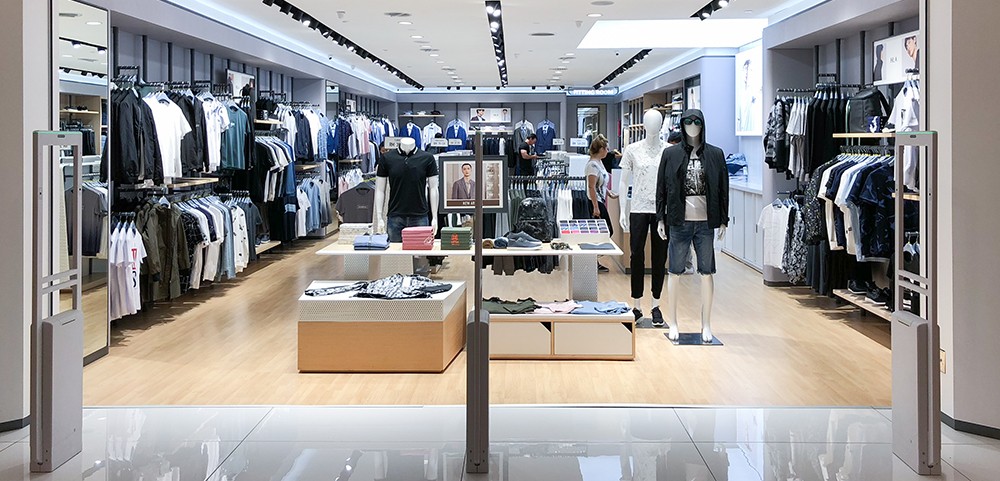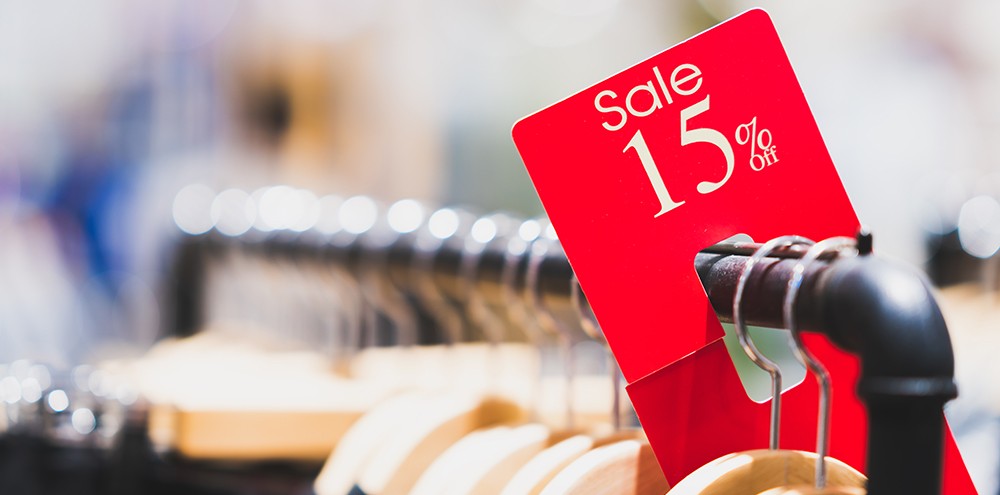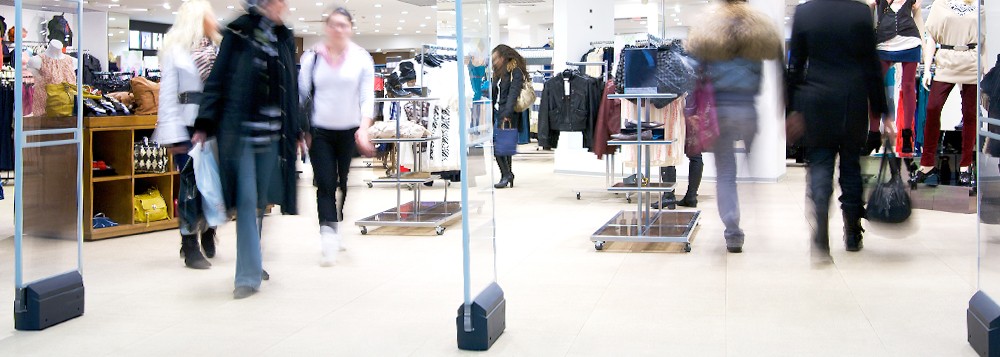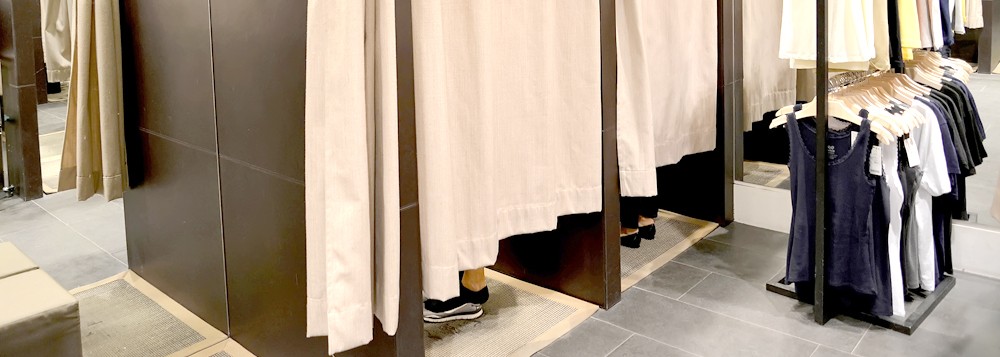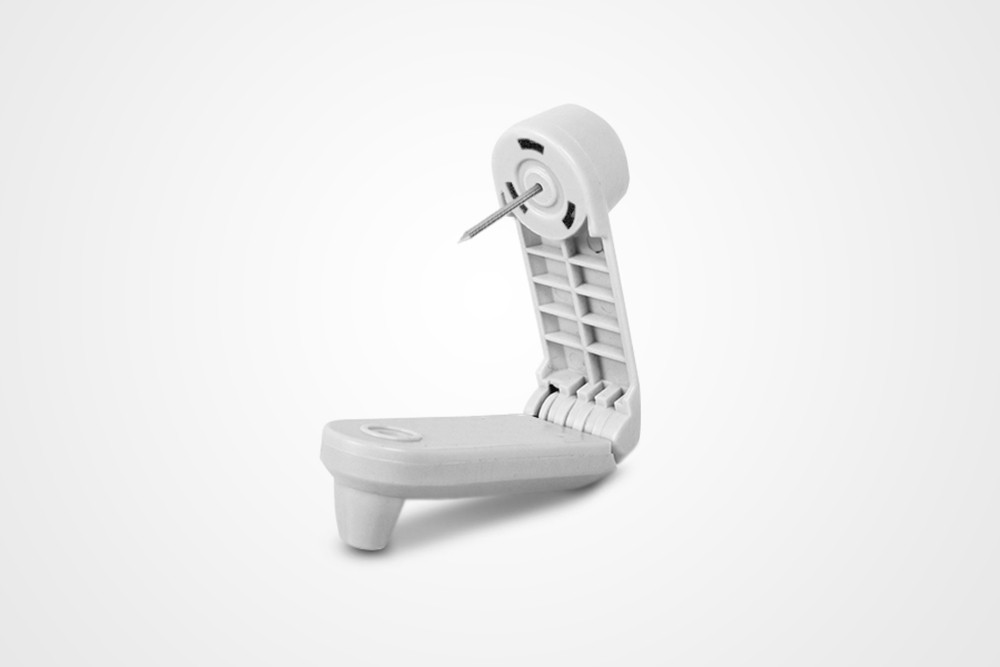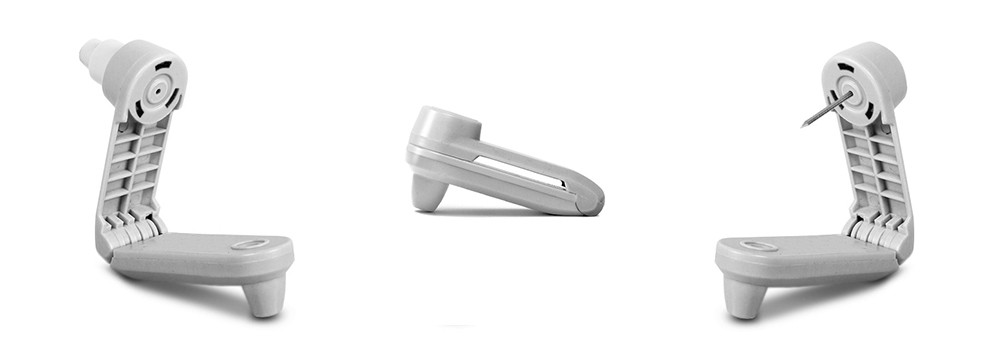The Point of Sale is the final link in the retail chain. It’s the central customer service area where the transaction deal is sealed, where knowledge is found and where staff position themselves to monitor all areas of the floor.
It’s also a site that can make or break the customer experience within a retail outlet, depending on whether the queue is long, customer service is available and whether the staff that are found there boast the knowledge they should.
And although it may be just a small component of an entire retail experience, a negative encounter at the point of sale can impact a retailer far beyond just the loss of a sale.
With that in mind, here are four ways to improve service at the Point of Sale.
Knowledgeable staff
If you’re a customer seeking product insight and expertise, the Point of Sale is your first port of call. It’s the place where questions are answered, stock is sourced, returns are processed, and loyalty is formed.
That makes knowledgeable staff the primary line of defense at the Point of Sale. It’s the spot to dazzle the customer with service skills, wow them with product insight, and provide a personalized experience that’s second to none.
A store’s POS reports and analytics will indicate who your best-performing staff are, and also highlight where further training of staff might be required.
Quick transactions
Retail Week notes 89 per cent of shoppers have left a store due to a long queue, and 65 per cent of those said they immediately went to a rival outlet afterwards.
Furthermore, according to Lightspeed, the maximum time people are prepared to spend waiting is 6 minutes 46 seconds, which makes a swift transaction at the Point of Sale imperative.
Retailers should ensure there are sufficient checkouts open and enough staff on hand to manage the transactions at speed.
This is where analytics like traffic counting and sales data can be invaluable, allowing a store to understand when they are likely to be busy and how many staff will be required.
Meanwhile, retailers should consider the physical processes involved in the sales transaction, and how they can be expedited. For example, in addition to scanning a product, EAS security labels will need to be deactivated while security tags will need to be detached.
Good POS practice sees these actions occur seamlessly, with security label deactivators built into the same area as the barcode scanner, allowing staff to complete two actions at one time.
When it comes to detachers, these should be easy for staff to reach with sufficient detachers available to accommodate all registers in a bid to save staff time.
On a similar note, the positioning of labels and tags on a product helps speed up deactivation and detaching at the POS. Security labels should either have the barcode printed on them or be affixed right next to the barcode.
Tags should be affixed at a similar place on each garment, so the sales associate knows exactly where to find them in order to take them off.
mPOS
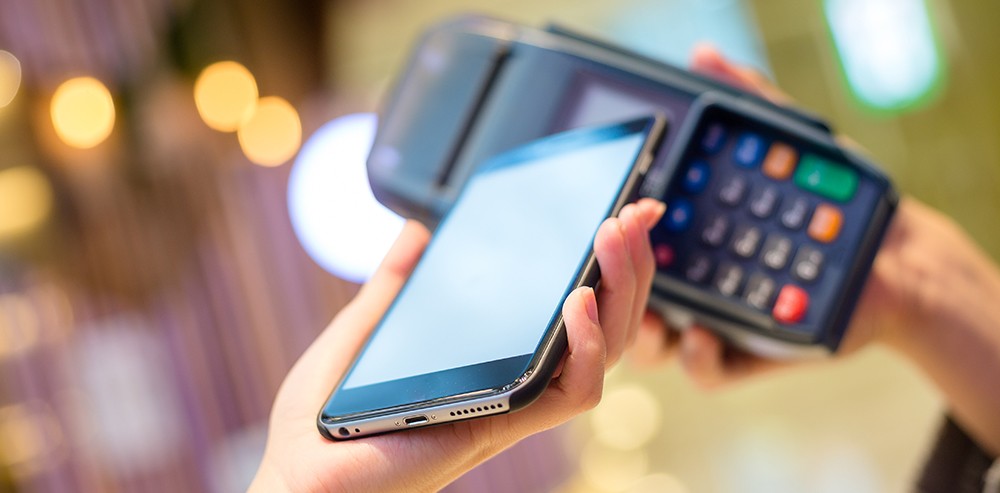
In order to further cut the queue many retailers are turning their attention to mobile Point of Sale. The portable technology allows retailers to take the checkout to the consumer, process sales on the floor if required, and also allows for remote monitoring of a store’s performance and sales, which facilitates more efficient store management.
Importantly, mPOS also empowers the sales associate with knowledge at their fingertips – whether it’s what stock is available, what’s trending on social media or which item might best complement the product the consumer intends to buy.
Know your policy
The Point of Sale is the place where store policy comes into play, especially when handling issues like returns and exchanges.
All staff should be trained in returns and exchange policy and given clear instructions on exactly how to complete each action on the POS
If the store’s policy only allows managers to complete returns and exchanges, the retailer needs to ensure one is readily available to assist their staff.
The final word
The Point of Sale gives retailers the opportunity to leave a lasting impression of a great customer experience.
Critically, this experience should be warm, welcoming, insightful and above all frictionless, accommodating the instant gratification and convenience that today’s time poor customer seeks.


